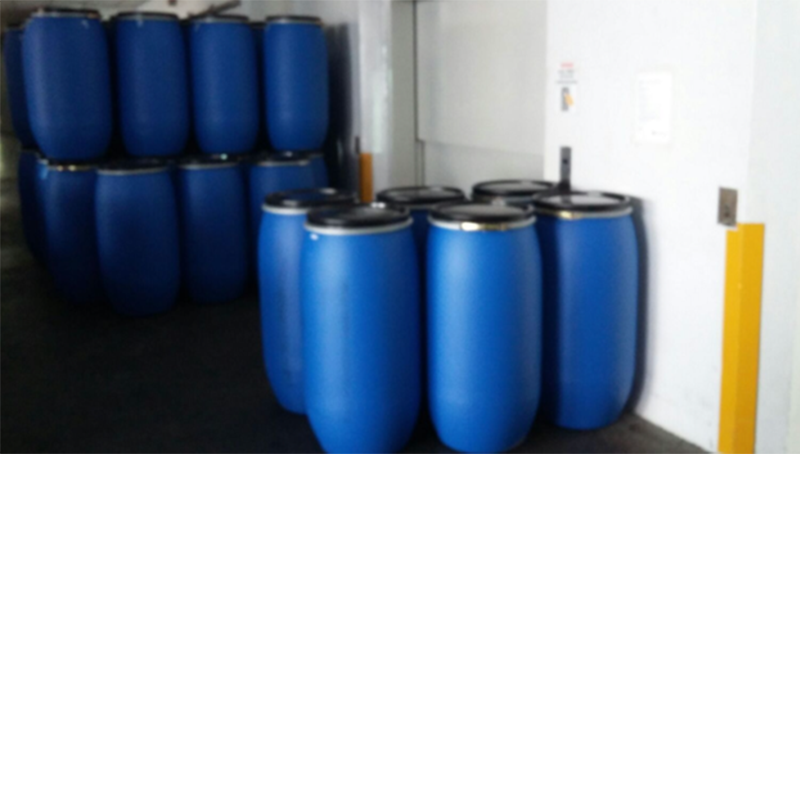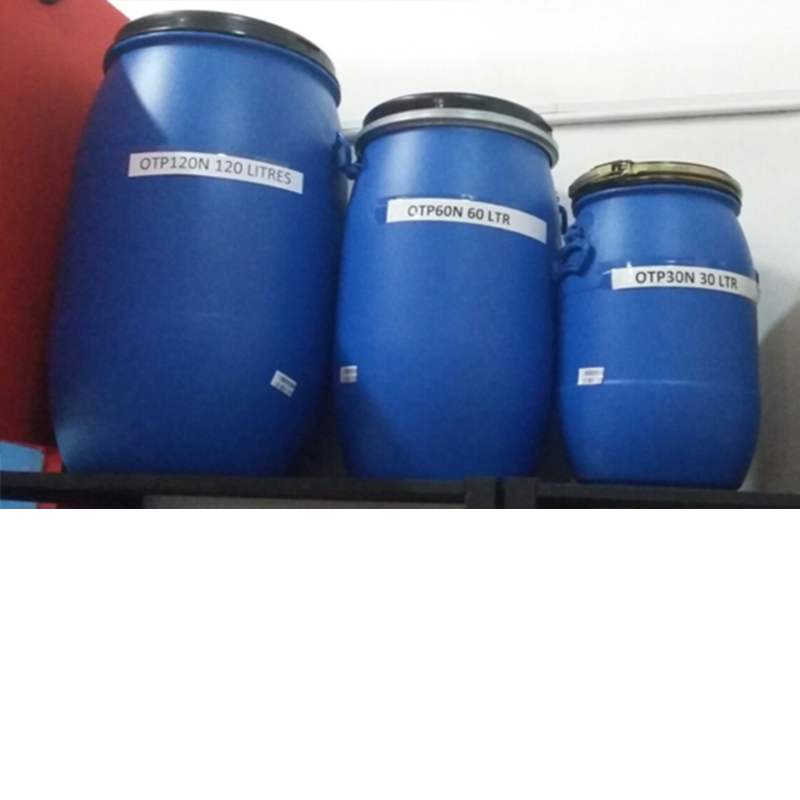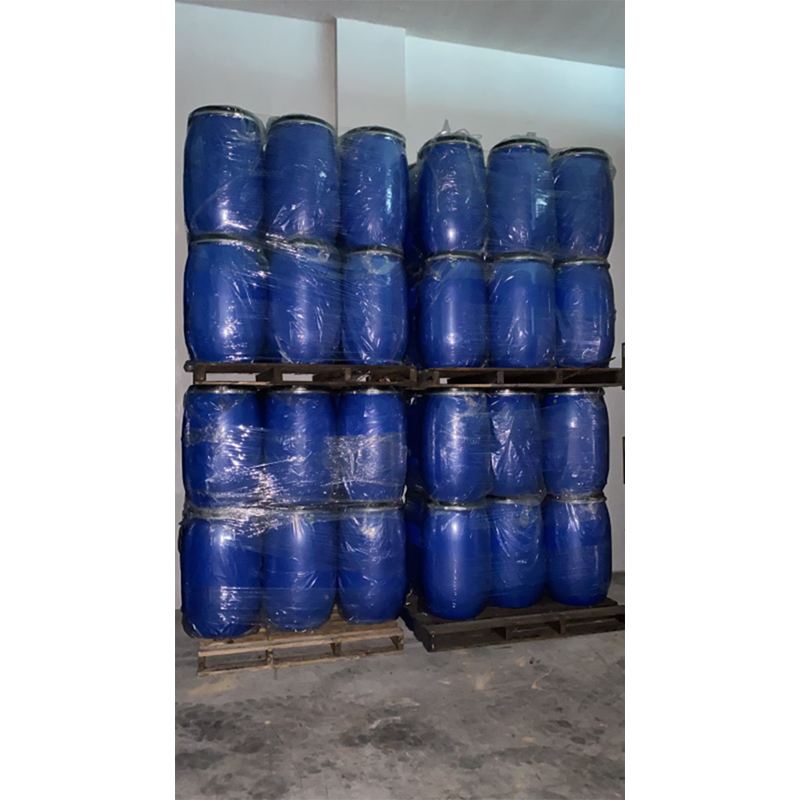Paper Intermediate Bulk Container (IBC): A Sustainable Bulk Packaging Solution
A Paper Intermediate Bulk Container (IBC) is an innovative and environmentally friendly packaging solution designed for the transport and storage of bulk liquids, powders, and granules. Made primarily from heavy-duty corrugated paperboard, paper IBCs are lightweight, recyclable, and cost-effective. They are widely used in industries seeking sustainable alternatives to traditional packaging methods.
Key Features of Paper IBCs
1. Material Composition:
* Constructed from multiple layers of high-strength, corrugated paperboard.
* Often lined with a liquid-proof barrier or inner liner for compatibility with liquids.
2. Capacity:
* Typically holds between 264 gallons (1,000 liters), depending on design and application.
3. Lightweight Design:
* Weighs significantly less than plastic or metal IBCs, reducing shipping costs.
4. Collapsible:
* Designed for easy folding and stacking when not in use, optimizing storage space.
5. Customizable:
* Available in various sizes and configurations to meet specific product and transport requirements.
6. Eco-Friendly:
* 100% recyclable and often made from renewable materials.
* Lower carbon footprint compared to other IBC types.
Applications of Paper IBCs
Paper IBCs are versatile and can be used in a variety of industries, particularly for products that do not require high-strength packaging:
1. Food and Beverage:
* Transporting syrups, edible oils, liquid concentrates, and powdered food ingredients.
2. Agriculture:
* Storing and transporting grains, seeds, and fertilizers.
3. Pharmaceuticals:
* Handling bulk powders, liquid formulations, or semi-solids in clean, single-use packaging.
4. Chemicals:
* Non-hazardous liquids and powders such as detergents, adhesives, and coatings.
5. Cosmetics:
* Storing and transporting creams, lotions, and liquid bases.
Benefits of Paper IBCs
1. Sustainability:
* Made from renewable resources and fully recyclable after use.
* Ideal for businesses aiming to reduce their environmental footprint.
2. Cost-Effective:
* Lower initial cost compared to metal or plastic IBCs.
* Lightweight design reduces transportation costs.
3. Ease of Handling:
* Collapsible design simplifies storage and disposal.
* Compatible with standard handling equipment like forklifts.
4. Customizability:
* Flexible designs and sizes cater to specific industry needs.
* Options for inner liners provide versatility for liquid and dry products.
5. Hygienic:
* Single-use design eliminates the risk of contamination, making them suitable for food-grade and pharmaceutical applications.
6. Space Efficiency:
* Flat-pack design allows for efficient stacking and storage when empty.
Limitations of Paper IBCs
* Reduced Strength:
* Less durable compared to HDPE or stainless steel IBCs, especially for heavy-duty or hazardous materials.
* Limited Reusability:
* Typically designed for single-use applications, though some models can be reused with care.
* Moisture Sensitivity:
* Outer paperboard may degrade if exposed to excessive moisture without proper protection.
Conclusion
Paper IBCs are an excellent choice for industries looking for a sustainable, lightweight, and cost-effective bulk packaging solution. They combine functionality with environmental responsibility, offering a viable alternative to traditional materials. As businesses increasingly prioritize eco-friendly practices, Paper IBCs are poised to play a significant role in the future of bulk material storage and transport.
| Item | New Paper IBC (Excluding Pallet) |
| Capacity | 1,000L |
| Outer Dimension | 1090 x 1090 x 1000mm |
| Inner Dimension | 1000 x 1000 x 1000mm |
| Thickness | 45mm |
| Net Weight | Approx 32kg (Without Pallet) |
| Packaging Includes | 1. Box – 10 ply 2. Cassette with 2 ply PE Liner and 2″ Inlet & Outlet Fitments 3. Self-lock Single wall top cover 4. Bottom & Inner Corrugated Pad 5. Outer PE Liner |





